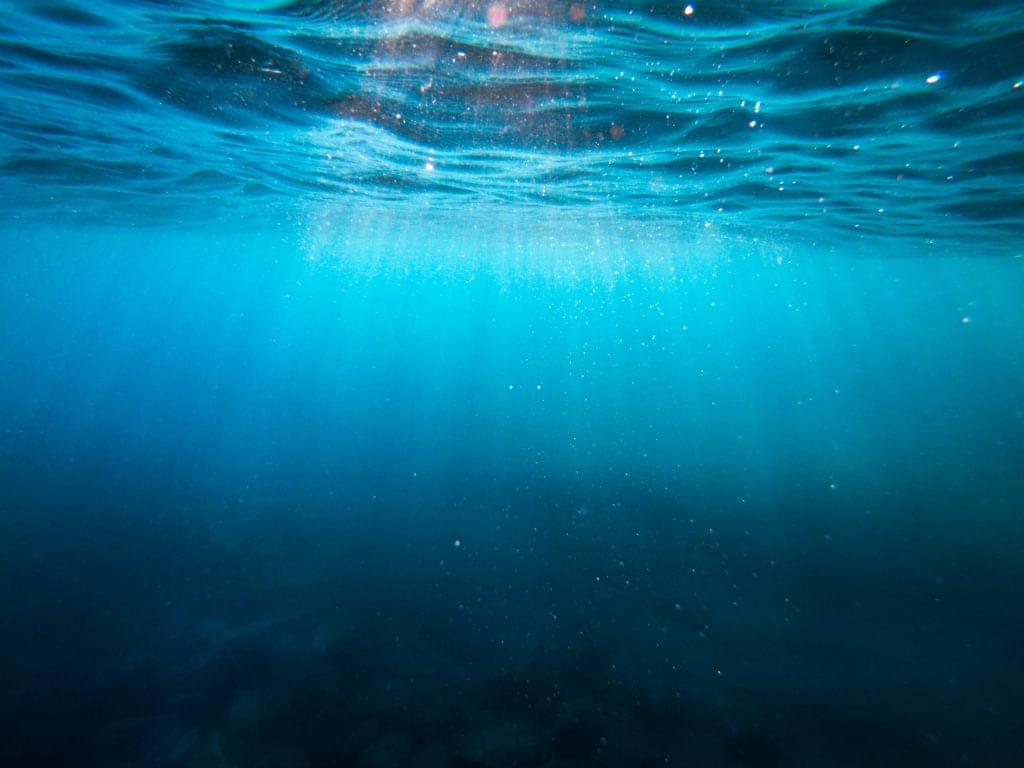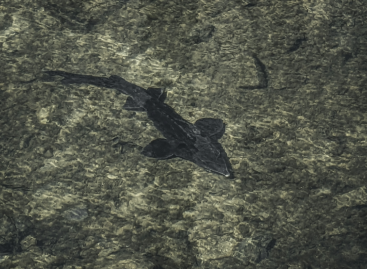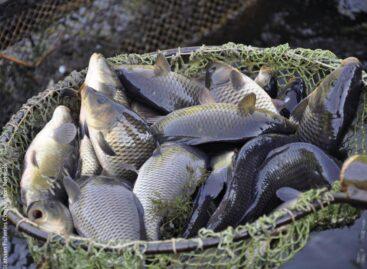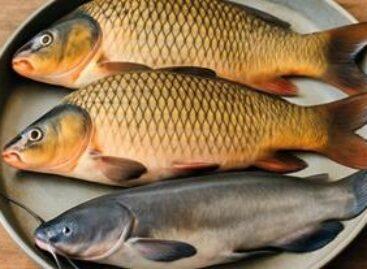Fish-free seafood made from fungi and seaweed: scientists and Michelin-starred chef to develop product good enough for fine dining
A team of scientist from the Technical University of Denmark is collaborating with Diego Prado, head of research at Copenhagen’s two Michelin-starred restaurant Alchemist, to develop sustainable alt seafood through fermentation.

Nearly half of EU marine habitats have been assessed as either endangered or near threatened, mainly due to pollution, fishing and acquaculture – by the European Commission. It is perhaps unsurprising teherefore that Europe currently imports three times more seafood than it produces. With researchers expecting demand for seafood to double by 2050, innovators are searching for ways to develop sustainable alternatives.
Leveraging fermentation technology to create sustainable seafood can help satisfy growing demand without further harming the oceans, according to the Good Food Institute (GFI), a non-profit advocating a switch to more sustainable foods. To encourage innovation, GFI is funding a research project aimed at creating a new seafood product by growing fungi on seaweed.
It is expected the interactions between the scientists and the Alchemist team will be ’critical’ to the project, as the chefs will be able to bring a ’new dimension’, guiding the development of the food’s flavour in a way that may not be possible if the project was entirely lab-based. Science and culinary disciples need to merge to encourage consumer uptake.
In the project, the team of scientists will look into how the texture of filamentous fungi can be used to create a range of sustainable foods. The aim is to identify how different conditions can be leveraged to alter the fungi’s texture. Eventually, the collaboration aims to create a ’whole cut’ product with the texture of seafood by using fungi to ferment seaweed in a process similar to the production of tempeh – a cooked and fermented soybean product held together by fungi. The project isn’t initially setting out to mimic any particular product or species. Instead, it will develop as the teams learn more about how the texture of the fungi can be manipulated and how these textures can then be used to recreate seafood.
If the method succesfully recreates the texture and taste of seafood, the product may feature on the Danish fine dining restaurant’s menu and from there, it could even go on to be sold widely.
Source: foodnavigator
Related news
Protected sterlet named fish of the year 2026 in Hungary
🎧 Hallgasd a cikket: Lejátszás Szünet Folytatás Leállítás Nyelv: Auto…
Read more >Double price, changing demand: the domestic carp market is on a new path
🎧 Hallgasd a cikket: Lejátszás Szünet Folytatás Leállítás Nyelv: Auto…
Read more >Tradition and health on the holiday table – at least let’s eat fish at Christmas!
🎧 Hallgasd a cikket: Lejátszás Szünet Folytatás Leállítás Nyelv: Auto…
Read more >Related news
Akcenta: The Hungarian economy returned to growth in 2025, risk management will come to the fore in 2026
🎧 Hallgasd a cikket: Lejátszás Szünet Folytatás Leállítás Nyelv: Auto…
Read more >At profit temperature – 3 climate trends reshaping the economy
🎧 Hallgasd a cikket: Lejátszás Szünet Folytatás Leállítás Nyelv: Auto…
Read more >BMI: The manufacturing industry ended the year with sustained expansion
🎧 Hallgasd a cikket: Lejátszás Szünet Folytatás Leállítás Nyelv: Auto…
Read more >







